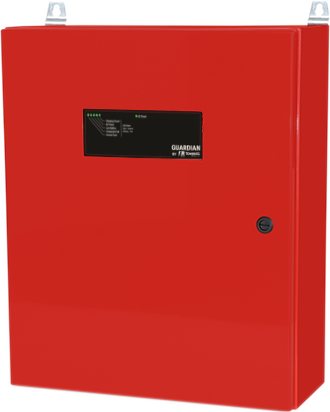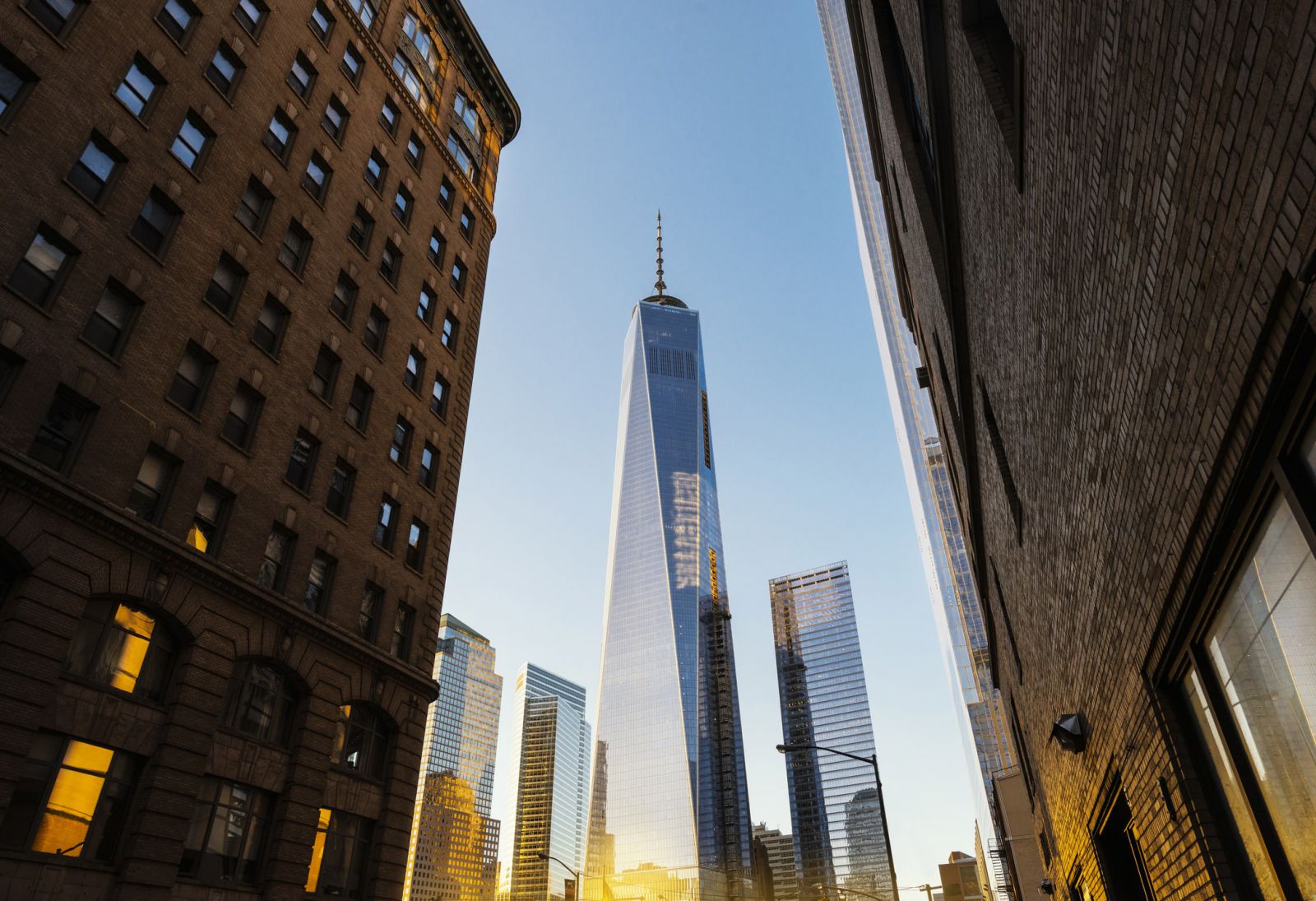 TowerIQ Introduces GuardianB, Guardian BBU, and Guardian TQ-ANN Annunciator for Enhanced Emergency Response Communication
TowerIQ Introduces GuardianB, Guardian BBU, and Guardian TQ-ANN Annunciator for Enhanced Emergency Response Communication
The NFPA 72: Appendix Q details code requirements specific to fire and life safety networks in New York City.

New York City has some of the most defined fire safety codes compared to the rest of the country. As the city has over 8 million in population, it comes to no surprise that fire safety regulations have adapted to suit the architectural necessities of New York City. What could other cities learn from the special requirements placed on The Big Apple?
NFPA 1221 and NFPA 72 Appendix Q
The National Fire Protection Agency, or NFPA, states under code 1221 that all radio enhancement systems must be implemented and enforced by local jurisdictions. This is significant due to each local jurisdiction choosing what special codes, if any, to enforce as each jurisdictions’ operational standards are different from others. For example, in New York City the department enforced the requirement of 2-hour survivability of all cabling usage across all city buildings.
Appendix Q details code requirements solely for New York City, leaving the rest of New York to abide by other local jurisdictions. The Appendix Q specifically calls for the presence of a Dedicated Radio Console where the building is over 75 feet. An Auxiliary Radio Communication system, or ARCs, is legally required for any 75-foot building filed under the 2014 NYC Building code so fire responders can fully communicate in the event of an emergency. Both NFPA 1221 and NFPA 72 Appendix Q should be adopted due to the measure of responsibility placed on local jurisdictions to implement life safety codes rather than at federal or state levels.
Frequencies and Operations
FDNY uses two sole channels to communicate on isolated systems so that each fire protection engineer is trained to know the correct usage of both channel TH11 and TH12. Each channel is designed to be used exclusively inside a single building without bleed out into surrounding buildings and the rest of the city. Both channels are off until the need to use the system arises in an emergency. Each channel is compromised with an uplink and downlink frequency, thus providing the two-way radio communication. Below is the structure in which the Tactical Series Dedicated Radio Console transmits:
New York City's channeled system should be adapted to other large cities due to the exclusivity of the isolated operational system as it simplifies communications without any external interference. Alternatively, other jurisdictions have the need to communicate with dispatch which requires integration with the local system. Integrating into the local system can be completed by installing an external antenna for communication to dispatch or incident commanders outside of the building (fire ground). Using a Bi-Directional amplifier, the external signal is rebroadcasted inside the building and the internal signal is then broadcasted externally.
TowerIQ Recommendations
TowerIQ would like to caution against having the ‘all or nothing’ mentality when it comes to channel integration on two-way radio communication networks. Having as many channels as possible to use for your fire department is inefficient and will only take more time away from your responders during an incident.
TowerIQ provides complimentary drawings for architects and engineers needing a life-safety wireless network. Contact us and one of our representatives will be in touch.